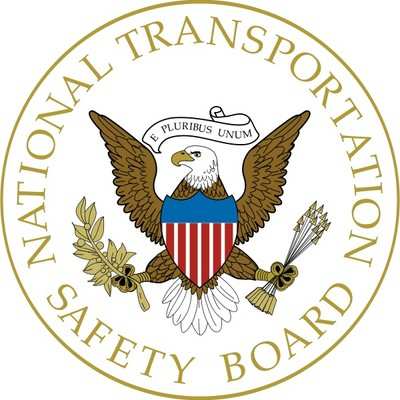Fri, Sep 13, 2024
The Airplane Pitched Nose-Down About 30° And Remained In That Attitude Until Ground Impact
Location: Duluth, Minnesota Accident Number: ERA23FA130
Date & Time: February 24, 2023, 16:07 Local Registration: N929DR
Aircraft: Cirrus Design Corp SR22 Aircraft Damage: Destroyed
Defining Event: Unknown or undetermined Injuries: 1 Fatal
Flight Conducted Under: Part 91: General aviation - Personal

Analysis: During a short cross-country repositioning flight in day visual meteorological conditions, the airplane was about 4 miles from the destination airport, on an instrument approach at 1,300 ft mean sea level (msl), when the airplane pitched nose-down about 30° and remained in that attitude until ground impact. Review of onboard recorder data revealed that during the 1-minute period prior to manual autopilot disconnect and the final descent, the autopilot was in approach mode, using glidepath (GP) for vertical guidance and GPS for lateral guidance. With GP active, the vertical deviation slowly started to decrease until the final recorded vertical deviation was -952 ft. This would have resulted in the autopilot trimming nose-up to counteract the negative vertical deviation. After autopilot disconnected and during the final descent, the airplane’s electronic stability protection (ESP) pitch mode activated and stayed active for the descent. The ESP pitch protection mode
would be activated when the airplane reached a pitch engagement limit of -15.5° nose-down and the system would then command the pitch servos to apply a supplemental stick force back toward the nominal pitch attitude range. The supplemental stick force would increase with increasing pitch deviation until the maximum limit of -20.5° nose-down pitch was reached. About 40 lbs of forward force would be required on the control stick to override both the ESP and the as-found full nose-up trim condition to maintain a 30° descent angle to impact.
The final data point indicated that the airplane was at a pressure altitude of 370 ft, an indicated airspeed of 175 knots, and descending at a vertical speed of -6,880 ft per minute. The engine speed was 2,523 rpm with 10.9 inches of manifold pressure. Examination of the wreckage and recorded data did not reveal evidence of any preimpact mechanical malfunctions.
The pilot’s autopsy was limited by the severity of his injuries, and insufficient medical evidence was available to determine whether a medical condition contributed to the accident.
Probable Cause and Findings: The National Transportation Safety Board determines the probable cause(s) of this accident to be -- A rapid descent and subsequent collision with terrain for reasons that could not be determined based on the available evidence.
More News
From 2023 (YouTube Edition): New Propulsion Scheme Optimized for AAM Applications Founded in 2017 by Eric Bartsch, Pat Anderson, and Erik Lindbergh (grandson of famed aviation pion>[...]
During The Initial Climb, The Engine Began To Operate Abnormally And, After About Three Seconds, Experienced A Total Loss Of Power On October 29, 2025, about 1820 Pacific daylight >[...]
Aero Linx: Women in Aviation International Women in Aviation International is the largest nonprofit organization that envisions a world where the sky is open to all, and where avia>[...]
“We’ve paid for the cable line’s repair for the customer and have apologized for the inconvenience this caused them...” Source: Some followup info from an A>[...]
“We have long warned about the devastating effects of pairing optimization. Multiple times over many months, we highlighted how schedule manipulation, unbalanced schedules, a>[...]
 Classic Aero-TV: VerdeGo Debuts VH-3 Hybrid-Electric Powerplant
Classic Aero-TV: VerdeGo Debuts VH-3 Hybrid-Electric Powerplant NTSB Prelim: Grumman American Avn. Corp. AA-5B
NTSB Prelim: Grumman American Avn. Corp. AA-5B ANN's Daily Aero-Linx (12.02.25)
ANN's Daily Aero-Linx (12.02.25) Aero-News: Quote of the Day (12.02.25)
Aero-News: Quote of the Day (12.02.25) Aero-News: Quote of the Day (12.03.25)
Aero-News: Quote of the Day (12.03.25)



